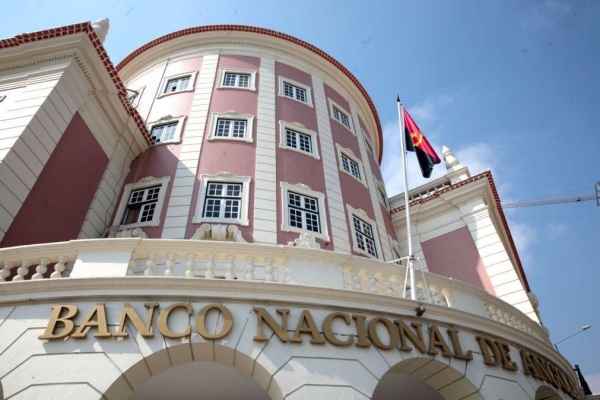The current account of the Angolan balance of payments recorded, in 2022, a surplus of US$11.7 billion, a growth of 40% compared to the homologous period, in which it stood at US$8.3 billion, according to the balance of payments report, recently released by the National Bank of Angola (BNA).
The document justifies the result with the “substantial improvement” in the surplus balance of the goods account, despite the increases in deficits in the service account.
According to the report, the goods account increased by 50.4% to US$11 billion compared to 2021.

The values collected from exports increased by 49% to US$50 billion in 2022, explained by the behavior of oil exports, which accounted for about 94.9% of the total value, emphasizing the increase in crude oil exports by 44.6%.
According to data compiled by Forbes Lusophone Africa, the country’s revenue from exports of goods continues to be greater than the imports of goods, even though these grew 46% compared to 2021.
Imports in 2022 stood at US$17 billion, up from US$11 billion the previous year.
The country, in 2022, spent more on imports of fuel (US$2 billion), food goods (US$828 million), and vehicles and their parts (US$588.5 million).

As for the countries of destination of exports, China remained in first place with a 53.6% share, followed by India and France with 9.2% and 5.9%, respectively.
The main trading partners of Angola concerning imports were China, which maintains the lead with a share of 15%, followed by Portugal (11%) and the Republic of Korea (9%).
As for the services account, the BNA report indicates that its deficit worsened by 61.2%, from US$6.9 billion in 2021 to US$11.2 billion last year [2022].
The worsening of the services account deficit was mainly influenced by the increase in imports of construction services (US$1.9 billion), transport (US$1.09 billion), and travel (US$1.02 billion), the document states.

